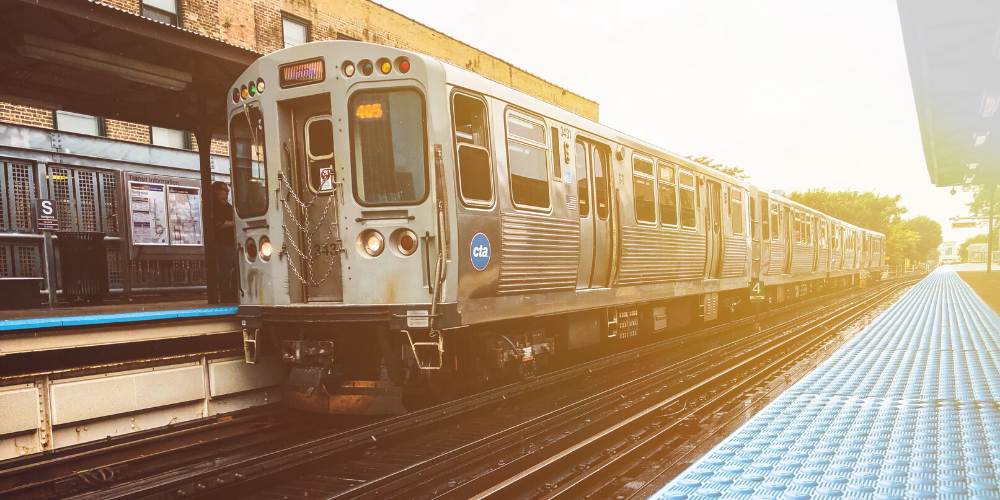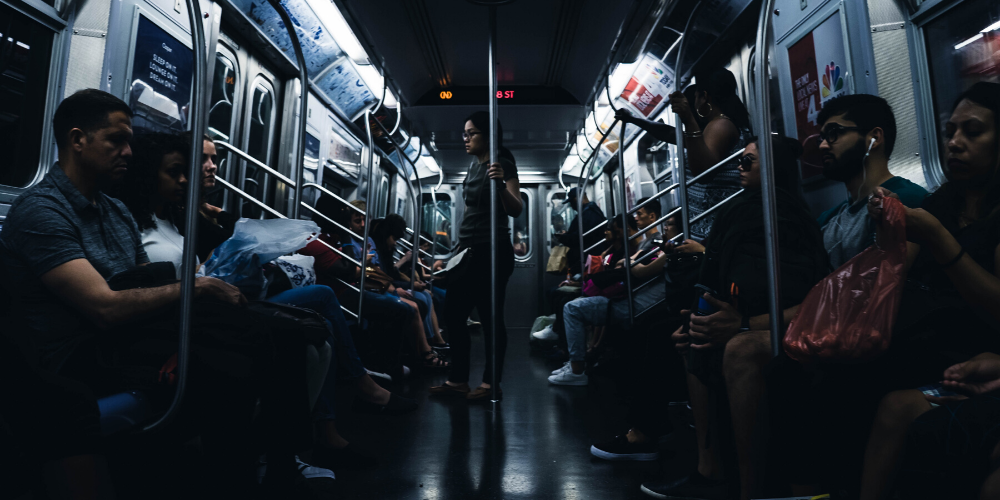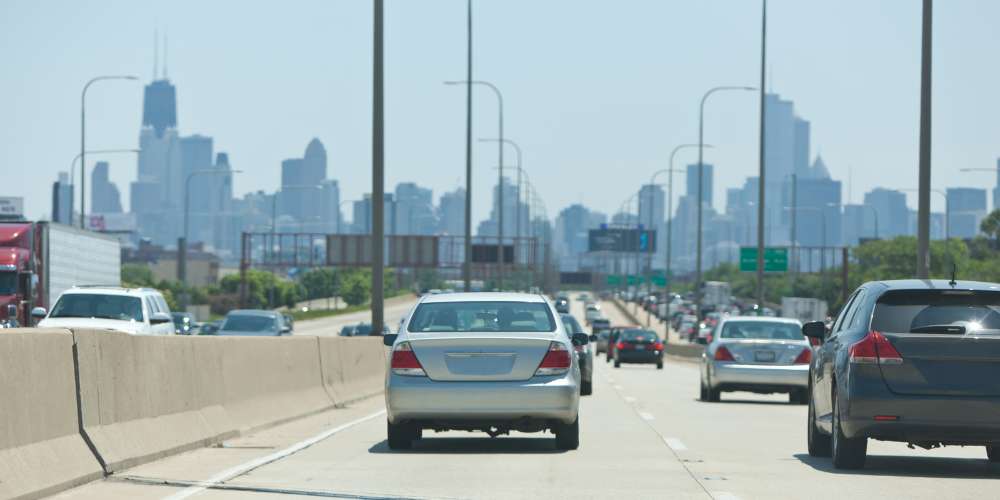While we recommend seeing a chiropractor after a car accident, the most important way to…

Tips for Traveling Via Public Transportation
In some cities, public transit is the preferred mode of transportation. It can save time, money, and is better for the environment. In the circumstances today, social distancing has become a new normal. This means that while public transportation is still an option for travel, you should take precautions to ensure your safety and health.
If you didn’t grow up in a transit-oriented city, getting the hang of a new place’s trains and bus system can take a bit of time. However, once you master transit, you’ll find it opens up a new world of convenience when traveling. Here are a few tips to help you get the most out of public transit.
Plan ahead

Before you jump on a bus or train, do some research. What kind of ticket do you need? Is it more affordable to get a round-trip ticket? If you’ll be riding multiple times, is it worthwhile to get a weeklong pass? Most public transit systems require you to swipe a card or submit a ticket for entrance. Some public transit systems are on the honor code, but you can be fined a hefty charge if you use it without purchasing a ticket. And some cities have free public transit. Find out what kind of ticket your trip requires and make sure you have the necessary funds to purchase it.
After getting a ticket, figure out where you’re going. Many public transit stations have a brochure map that can help you get acquainted with the layout of the system. Some even have a mobile app that you can download on your phone. Find your starting point and figure out what direction you need to go. If you need to transfer to another line, write down the name of the transfer station and what line you’re changing to. Having a plan mapped out beforehand will help you from getting lost once you start your travels.
Keep your health and safety in mind

Over the past few months, the spread of COVID-19 has made it necessary for people to protect themselves and others from getting sick in public spaces. To stay healthy while traveling, follow the CDC’s recommendations. The CDC advises people to avoid close contact with others, wash hands frequently, wear a face cloth cover, and cover any coughs and sneezes. Following these guidelines can help you and others stay healthy while riding on public transportation.
To ensure your safety while riding on public transit, keep a close eye on all of your belongings. You may often be in close quarters with many other riders, and you don’t want someone to mistakenly take your bag because it looks similar to theirs. In some cities, public transit is a hotspot for pickpockets. Be aware of your surroundings. If you see something or someone suspicious, move or report it to a transit employee.
Stay awake and alert. This will help you stay safe and will also keep you from missing your stop. It’s easy to close your eyes after a long day when traveling on transit, but it makes you a target for someone looking to snag your bag, wallet, or cellphone. Stay up by listening to music, a podcast, or reading a book, but don’t let yourself take a nap.
Ask for directions

If you’re on transit in a major city you’re unfamiliar with, chances are, most of the riders are regulars. If you have a question about directions or how their transit system works, don’t hesitate to seek out a transit employee or ask another passenger. Most people will be willing to help you out or guide you to the right resources.
Risk of injury

While transit offers many conveniences, it also means you’re not in control behind the wheel. As with any type of travel, there’s an inherent risk of injury. If you have the option to take a seat, do so. Standing on public transit makes you more prone to injury. If you do have to stand, hold on to a handle at all times. If your train or bus feels overly crowded, get off and take the next one where you’ll have more space.
Even when proper precautions are taken, accidents can still happen. If you are in an accident, prioritize your immediate safety and well-being before assisting others. If you or others are seriously injured, immediately call 911. Some public transit systems have a button that you can press that automatically notifies first responders. If you suffer serious injuries, it’s important for you to prioritize your recovery. Leaving injuries unattended can cause bigger problems down the road. As you seek out help, consider chiropractic care. Chiropractors specialize in pain relief and often work with victims of automobile accidents. A chiropractor can create a plan that fits your needs and schedule.
Taking public transit can be a shortcut for getting around. But when it comes to your safety and well being, don’t cut any corners. Plan ahead, stay alert, and if you’re hurt while commuting, seek out a recovery plan immediately.
For more information, please contact us.



